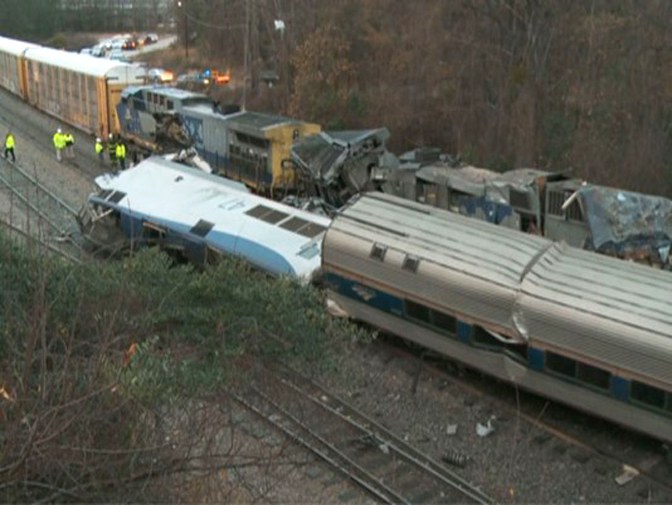
By DYLAN LOVAN
Associated Press
RICHMOND, Ky. (AP) — A Kentucky facility built to dispose of deadly Cold War-era chemical weapons is nearing the end of its mission to destroy its 520-ton stockpile, a milestone that will likely mark the end of chemical weapons destruction projects in the U.S., officials said Wednesday.
The facility at the Blue Grass Army Depot is weeks away from eliminating the last of a stockpile of 51,000 M55 rockets with GB nerve agent that have been stored at the depot since the 1940s. The GB nerve agent, also known as sarin, a colorless and tasteless toxin, can cause respiratory failure leading to death. It is outlawed under international rules of warfare.
Another stockpile is being eliminated at an Army facility in Colorado, but that effort is expected to conclude before the Kentucky one. The two sites have the country’s last remaining chemical weapons that must be disposed of according to a 1997 worldwide treaty.
Military and civilian officials gathered Wednesday at Eastern Kentucky University to speak about the end of the project.
Kingston Reif, an assistant U.S. Secretary of Defense for Threat Reduction and Arms Control, said the destruction of the nation’s deadly chemical weapons has been “decades in the making.”
“As recently as a few years ago, we weren’t sure we could achieve our treaty commitment, so the fact that we are now on the doorstep is no small feat,” Reif said. He said all other nations who joined the treaty have finished destruction of their stockpiles.
Reif said the weapons are “heinous” and “the suffering they can inflict is unimaginable.”
“Which makes what’s being done here in Kentucky all the more important,” he said.
Destruction of the Kentucky stockpile began in 2019 after decades of planning and debate over how to dispose of the deadly war weapons.
Workers at the Kentucky facility, the Blue Grass Chemical Agent Destruction Pilot Plant, separate the deadly chemicals from their original rocket or projectile casings and then eliminate the agent, in most cases using a process known as neutralization, where the chemical agent is dissolved in a solution. Kentucky originally had stockpiles of VX, GB and mustard agent that had been stored in bunkers for decades. The mustard agent was eliminated in 2021 and the final rocket containing VX agent was neutralized at the plant in April 2022.
The final phase of destroying the M55 rockets with sarin has been the most challenging, because of the age and deterioration of the rockets, said Candace Coyle, the plant’s project manager. Each rocket carries about 10 pounds (4.5 kilograms) of the nerve agent.
The neutralization process was settled on in 2006 after outcry from residents and environmental groups that objected to the weapons being burned to eliminate the deadly chemicals.
The weapons kept in Kentucky and an Army facility in Pueblo, Colorado, represent the last 10% of the nation’s original stockpile of more than 30,000 tons (27,200 metric tons) of chemical weapons.



















